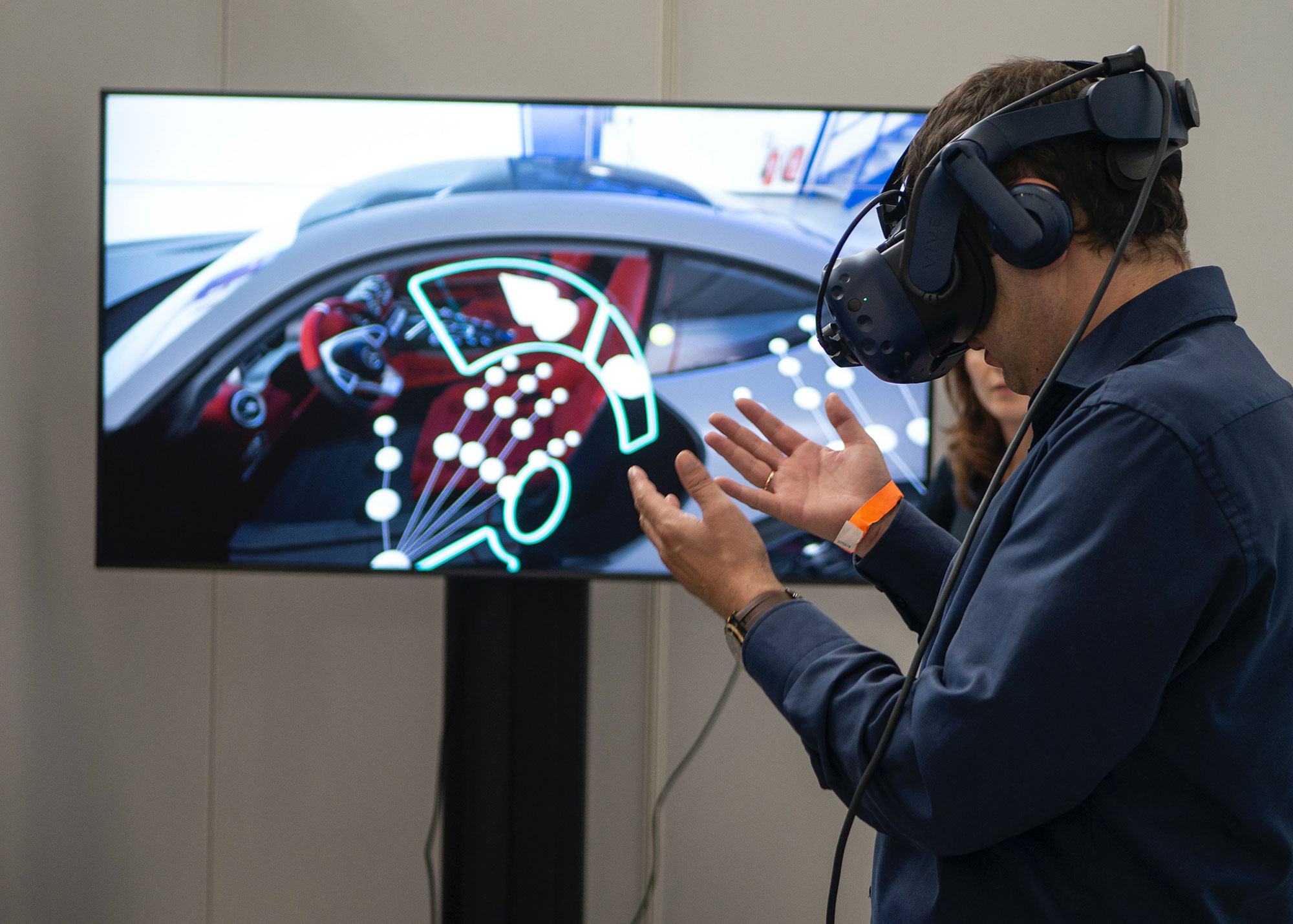The oil and gas industry is thriving on the benefits of virtual reality training. With these sectors spending millions of dollars training their employees in the areas of health and safety, it’s only natural they’d want to get the most out of their training offerings with interactive simulations and in-depth emergency preparation without the threat of risk. In an industry filled with safety challenges, HR and HSE managers prioritise worker safety – and VR offers safer practical training that’s cost-effective, simpler to run, higher-quality, and easily assessed. We take a closer look at virtual reality and the benefits it holds for oil and gas HSE.
Since its inception and as it’s developed, virtual reality training has been recognised for its improved safety, faster information retention, ability, and experiential knowledge. Through VR safety training allows trainees to acquire the skills they need to operate effectively and safely on-site. VR does this by mirroring a range of operating environments and situations, immersing trainees in realistic simulated environments without the threat of injury. They’ll be able to practice strategic thinking, problem-solving and emergency responsiveness all within a controlled, safe space.
VR training heightens the benefits of safety training as it improves employee engagement and targets training objectives. If trainees are more productive in their work, they’re more likely to be more communicative, collaborative and coordinated. VR training is also scalable and measurable, meaning trainers can assess student performance and focus on particular areas that might need to be improved.
This has great benefits for oil and gas operations. Work doesn’t need to be paused to carry out training, so training can be held consistently and can even be customised with updates to regulations and operations. If we’re looking at HSE in particular, we see numerous ways in which VR training can be applied. For example, a virtual rig might be created to take trainees through fire training, health and safety exercises, and onboarding sessions. This content can be easily repeated, presented simultaneously across multiple locations, and refined with ease.
A virtual drilling rig, for example, could be used for fire training, health and safety training, and employee onboarding. The content can be used multiple times, in many locations simultaneously, and be refined as the authentic environments, machinery, and processes are updated.
Oil and gas training with VR encourages better knowledge retention, trainee engagement, and safety outcomes. Traditional training methods can be tedious, but when companies approach training with virtual reality they take this necessary exercise to a whole new level. Trainees will be better engaged and have ready access to simulations and experience perfect for upskilling and improving their safety approach. If you’d like to get on board this fantastic tech innovation for your oil and gas business, don’t hesitate to get in touch with 3D Walkabout today. We’re an experienced AR/VR creative team who’ll work with you to design unique VR solutions that won’t just meet your requirements but exceed them.
Summary: How can VR used in oil & gas HSE
The oil and gas industry is embracing virtual reality training for its safety benefits and cost-effective, interactive simulations.
VR training provides a safe space for employees to practice critical skills, fostering strategic thinking and emergency responsiveness.
It enhances employee engagement, leading to better communication, collaboration, and coordination on the job.
VR training is scalable and easily customizable, allowing for consistent, adaptable training programs.
This innovative approach improves knowledge retention and safety outcomes, making it a valuable tool for the industry.
FAQs
What is VR in crude oil?
VR in crude oil refers to the use of virtual and augmented reality to simulate the rig, whether offshore or on land. Its use allows workers to train remotely, minimising risk to themselves and other workers. It also enables accurate modelling of equipment to allow for detailed instructions for operation, maintenance, or repair.
How is virtual augmented reality used in the oil and gas industry?
Virtual augmented reality is used to improve safety, enhance training, improve working practices, and improve communication with customers. It can be adapted to allow simulation of real-life rigs without the expense of travel and gives technicians a way to monitor, repair and rework equipment with minimal risk to their safety.
How is virtual augmented reality used in the oil & gas industry?
Whilst VR is a fully immersive digital experience, AR augments digital elements onto your surroundings, typically via the Metaverse using the camera on a phone or tablet. The oil and gas industry utilises AR to visualise and test planned changes to equipment, as well as oversee on-site work without being physically present. AR is also invaluable for providing detailed training to new employees, without the costs involved with transporting them to the site.
How can VR improve safety training in oil & gas?
Employees within the oil and gas industries are often expected to frequent hazardous sites as part of their roles, such as an oil refinery or rig. VR allows employees to complete safety training off-site, ensuring they are equipped with an in-depth knowledge of safe procedures, without the need to visit the site itself. As a result, employees will be fully equipped to deal with future hazards without necessarily putting themselves in the danger zone.
What is VR in crude oil?
VR in crude oil refers to the use of virtual and augmented reality to simulate the rig, whether offshore or on land. Its use allows workers to train remotely, minimising risk to themselves and other workers. It also enables accurate modelling of equipment to allow for detailed instructions for operation, maintenance, or repair.


